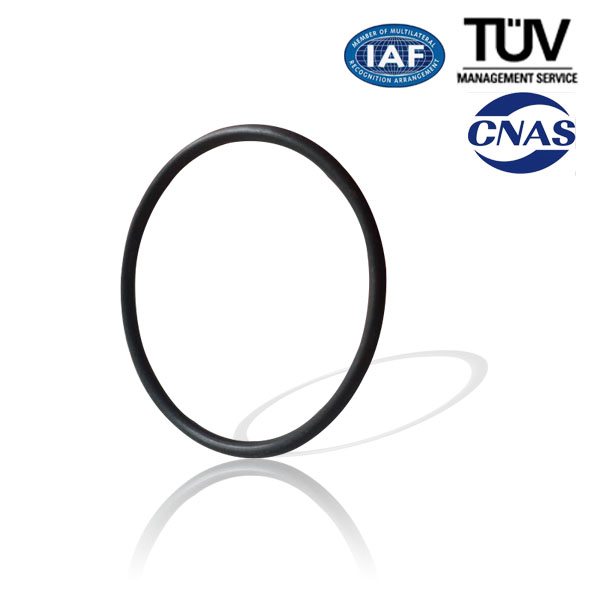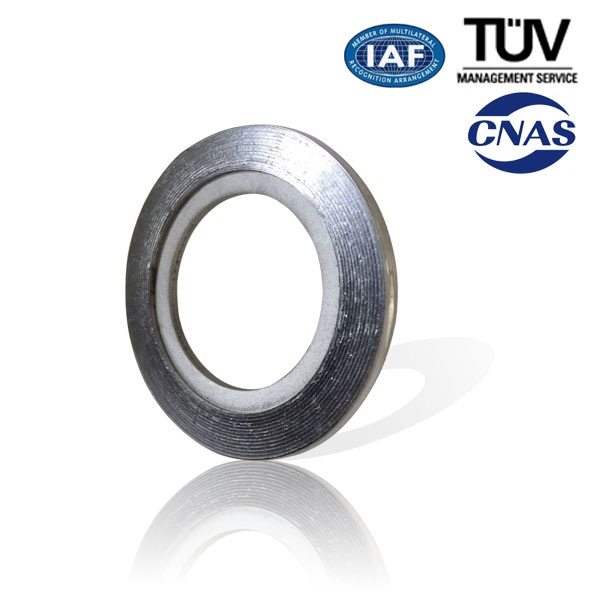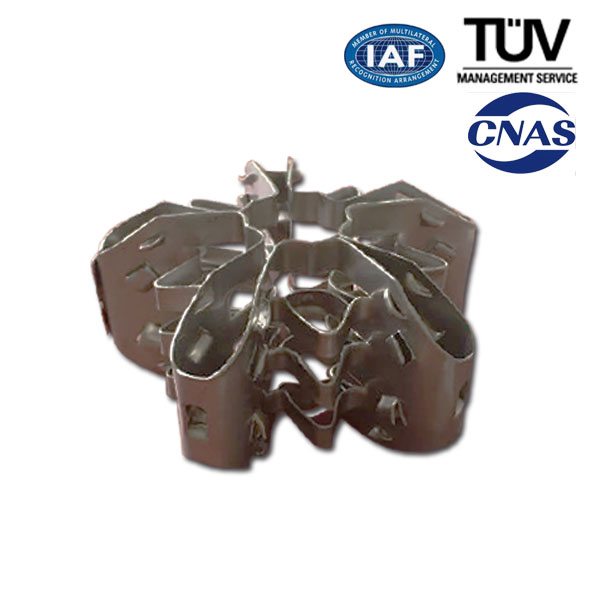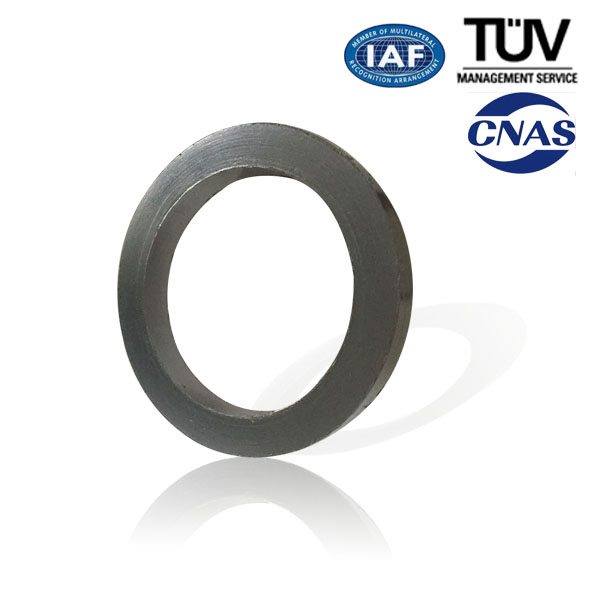Massive Selection for PTFE Gasket to Hyderabad Manufacturer
Massive Selection for PTFE Gasket to Hyderabad Manufacturer Detail:
PTFE gasket is manufactured by molding method with PTFE granular resin. Compared with other plastic, PTFE has a superior properties against chemicals and temperature. Because of such excellent properties, PTFE gasket has a wide application as a sealing material.
Technical Data Sheet
| Property | Unit | Result |
| Density | g/cm3 | 2.18 |
| Elongation at Break | % | 200~450 |
| Tensile Strength | Mpa | 14~18 |
| Bending Strength | Mpa | No Break |
| Pressure Resistance | Mpa | 24 |
| Tensile Modulus | Mpa | 393 |
| Bending Modulus | Mpa | 490~586 |
| Working Temperature
(20000 hr, highest) |
℃ |
260 |
Application Area
As a sealing material, PTFE gaskets can be used in flange joint of various equipments and pipes in chemical industry, food producing industry, medicine industry and so on. It can bear the most bitter chemical medium, and has good anti-creeping performance. The unloaded operating temperature range is -180~+260℃.
Product detail pictures:
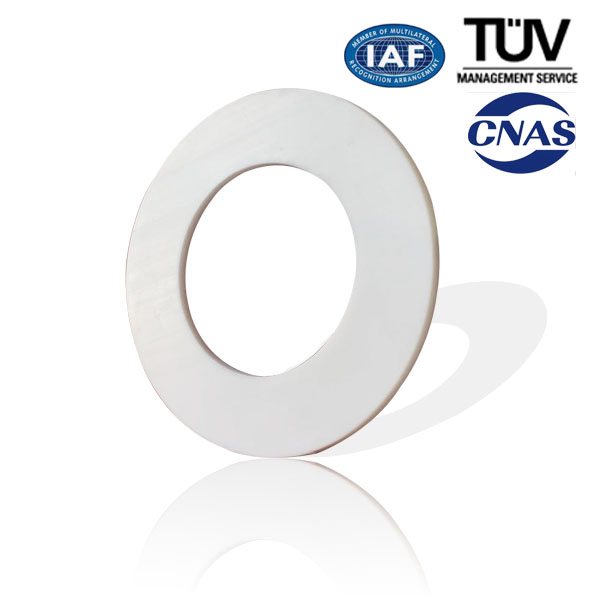
Related Product Guide:
Comparison of O-Ring Materials
A Look at the Molded Gasket
Massive Selection for PTFE Gasket to Hyderabad Manufacturer, The product will supply to all over the world, such as: , , ,
Singapore Fried Noodles Recipe – Asian Wok Stir Fry
As part of the HOW TO COOK GREAT NETWORK –
https://www.howtocoogreatfood.com
Also take a look at our channel for other great cooking genres.
And look at the websites for in detail recipes, gallery and cooking tips.
https://www.howtocookgreatethiopian.com
https://www.howtocookgreatjamaican.com
https://www.howtocookgreatcurry.com
https://www.howtocookgreatfilipino.com
and many more - see you again soon.
Asian cuisine styles can be broken down into several tiny regional styles that have rooted the peoples and cultures of those regions. The major types can be roughly defined as East Asian with its origins in Imperial China and now encompassing modern Japan and the Korean peninsula; Southeast Asian which encompasses Cambodia, Laos, Thailand, Viet Nam, Brunei, Indonesia, Malaysia, Singapore, and the Philippines; South Asian states that are made up of India, Burma, Sri Lanka, Bangladesh and Pakistan as well as several other countries in this region of the continent; Central Asian and Middle Eastern.
“Asian cuisine” most often refers to East Asian (Chinese, Japanese, and Korean), Southeast Asian cuisine and South Asian cuisine. In much of Asia, the term does not include the country’s native cuisines. For example, in Hong Kong and mainland China, Asian cuisine is a general umbrella term for Japanese cuisine, Korean cuisine, Filipino cuisine, Thai cuisine, Vietnamese cuisine, Malaysian and Singaporean cuisine and Indonesian cuisine; but Chinese cuisine and Indian cuisine are excluded.The term Asian cuisine might also be used to address the eating establishments that offer wide array of Asian dishes without rigid cuisine boundaries; such as selling satay, gyoza or lumpia for appetizer, som tam, rojak or gado-gado for salad, offering chicken teriyaki, nasi goreng or beef rendang as main course, tom yam and laksa as soup, and cendol or ogura ice for dessert. In modern fusion cuisine, the term Asian cuisine might refer to the culinary exploration of cross-cultural Asian cuisine traditions. For example combining the culinary elements of Vietnam and Japanese, Thai and Malay, or Indonesian and Chinese.
Japanese cuisine is the food—ingredients, preparation and way of eating—of Japan. The traditional food of Japan is based on rice with miso soup and other dishes, each in its own utensil, with an emphasis on seasonal ingredients. The side dishes often consist of fish, pickled vegetables, and vegetables cooked in broth. Fish is common in the traditional cuisine. It is often grilled. Fish may be served raw as sashimi or in sushi. Seafood and vegetables are also deep-fried in a light batter as tempura.
Apart from rice, staples include noodles, such as soba and udon. Japan has many simmered dishes such as fish products in broth called oden, or beef in sukiyaki and nikujaga. Foreign food, in particular Chinese food in the form of noodles in soup called ramen and fried dumplings, gyoza, and western food such as curry and hamburger steaks are commonly found in Japan. Historically, the Japanese shunned meat, but with the modernization of Japan in the 1860s, meat-based dishes such as tonkatsu became common.
Chinese cuisine includes styles originating from the diverse regions of China, plus styles of Chinese people in other parts of the world. The history of Chinese cuisine in China stretches back for thousands of years and has changed from period to period and in each region according to climate, imperial fashions, and local preferences. Over time, techniques and ingredients from the cuisines of other cultures were integrated into the cuisine of the Chinese peoples due both to imperial expansion and from the trade with nearby regions in pre-modern times as well as from Europe and the New World in the modern period.
Styles and tastes also varied by class, region, and ethnic background. This led to an unparallelled range of ingredients, techniques, dishes and eating styles in what could be called Chinese food, leading Chinese to pride themselves on eating a wide variety of foods while remaining true to the spirit and traditions of Chinese food culture.
Thai cuisine is the national cuisine of Thailand. Blending elements of several Southeast Asian traditions, Thai cooking places emphasis on lightly prepared dishes with strong aromatic components. The spiciness of Thai cuisine is well known. As with other Asian cuisines, balance, detail and variety are of great significance to Thai chefs. Thai food is known for its balance of three to four fundamental taste senses in each dish or the overall meal: sour, sweet, salty, and bitter.
japanese food,asian recipes,tempura,sushi,korean cuisine,chinese recipes,filipino cooking,thai food,tom yum,satay,nasi goring,malaysian food,singaporean recipes,vietnamese cooking,indonesian recipes,tofu dishes,coconut curry,pork ribs,crispy duck,pak choi,ramen,dumplings, fried rice,seafood,
https://shreejiinds.com
Filter Bags, High Temperature Fiberglass Filter Fabrics Bags, Manufacturer, Supplier, Exporter, India
We are counted amongst the leading manufacturer, supplier & exporter of Filter Bags here based in Ahmedabad, Gujarat, India.
These Filter Bags are also known as High Temperature Fiberglass Filter Fabrics Bags, Expanded PTFE Membrane Filter Bags. For more information about our products contact us on at
Vimal PLast
57, Nageshwar Estate, Opp. Jawahar Nagar,
Amaraiwadi, Ahmedabad – 380 026.
Phone : Tele. : +91-79-22778579,
Tele/Fax : +91-79-22730648,
M: +91-98798 46397, +91-98250 26397
E-mail: vimalplast@yahoo.co.in
Website: www.shreejiinds.com
Filter Bags, High Temperature Fiberglass Filter Fabrics Bags, Expanded PTFE Membrane Filter Bags Manufacturer, Supplier, Exporter, India

